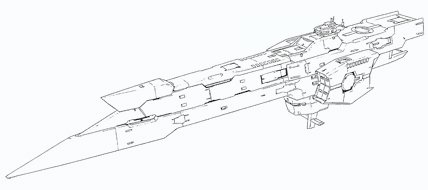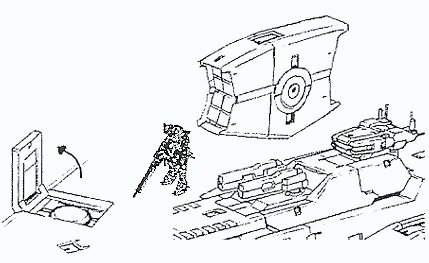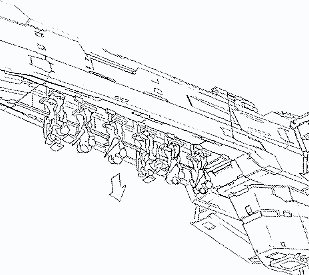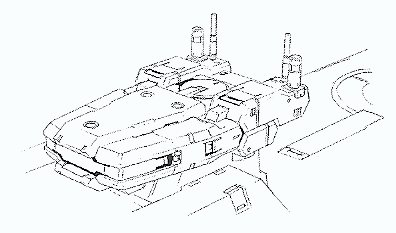|
Baikal
Armament
Unit
type: all-environment standard battleship Originally devised under the directive of the Human Reform League, the Baikal is the standard space combatant of the Earth Union. While revolutionary as the first successful combat vessel powered by GN drives, the design only received full maturation after the joint services overhaul as the Earth Sphere Alliance and Human Reform League joined their military forces in UC 221. The current version of the Baikal is an all-environment warship. Although primarily intended as a fleet combatant for space battles, its use of GN drives allows it to function under gravity conditions as well. A conventional nuclear reactor is installed in the warship's stern, but it is only utilized to periodically recharge the vessel's GN drives and provide initial impulse power for its magnetoplasmadynamic thrusters, while GN vernier arrays are used to vent high-velocity particles for atmospheric flight. The Baikal has a limited amphibious capability as well, although it cannot deploy mobile suits safely while floating due to the position of the hangar. Though capable of making atmospheric re-entry from orbit, the Baikal cannot return to space without the assistance of a booster unit. The forward section houses a rectangular hangar with full-service capacity for six mobile suits, with full features to recharge GN drives. The hangar is built around the current series of GN-X mobile suits, but the pre-unification Ahead designs may also be serviced as well. A slide-out catapult allows for rapid deployment of the Baikal's embarked mobile suits. The overall shape of the ship's hull lends itself highly towards head-on engagements, as it presents a very narrow target profile for enemy gunners. The Baikal's primary armament are the heavy GN missiles carried in outrigger positions on either side of the amidships region. Each missile is nearly half the size of a mobile suit, and thanks to its warhead design, is capable of being used to directly obliterate a target or explode via proximity, showering it with a hail of miniature GN bombs. A pair of GN beam cannons are mounted in a disappearing deck mount directly ahead of the bridge. Each mounting is capable of independent rotation, and thanks to highly efficient GN condensers, the cannons can be salvo-fired at a very high rate as far as warship-grade weaponry is concerned. The GN condensers can also be overcharged, allowing all four barrels to be fired in a simultaneous high-power blast suitable for annihilating large and well-protected targets. For defensive purposes, several batteries of anti-beam gas mortars are mounted in strips along the warship's hull and engine outriggers. Similar to scaled-up versions of the grenades employed by the GN-X series, the mortars launch canisters containing a particle-laced vapor that expands rapidly in both space and atmosphere, allowing for screening against incoming beam weapons for a short period. |






